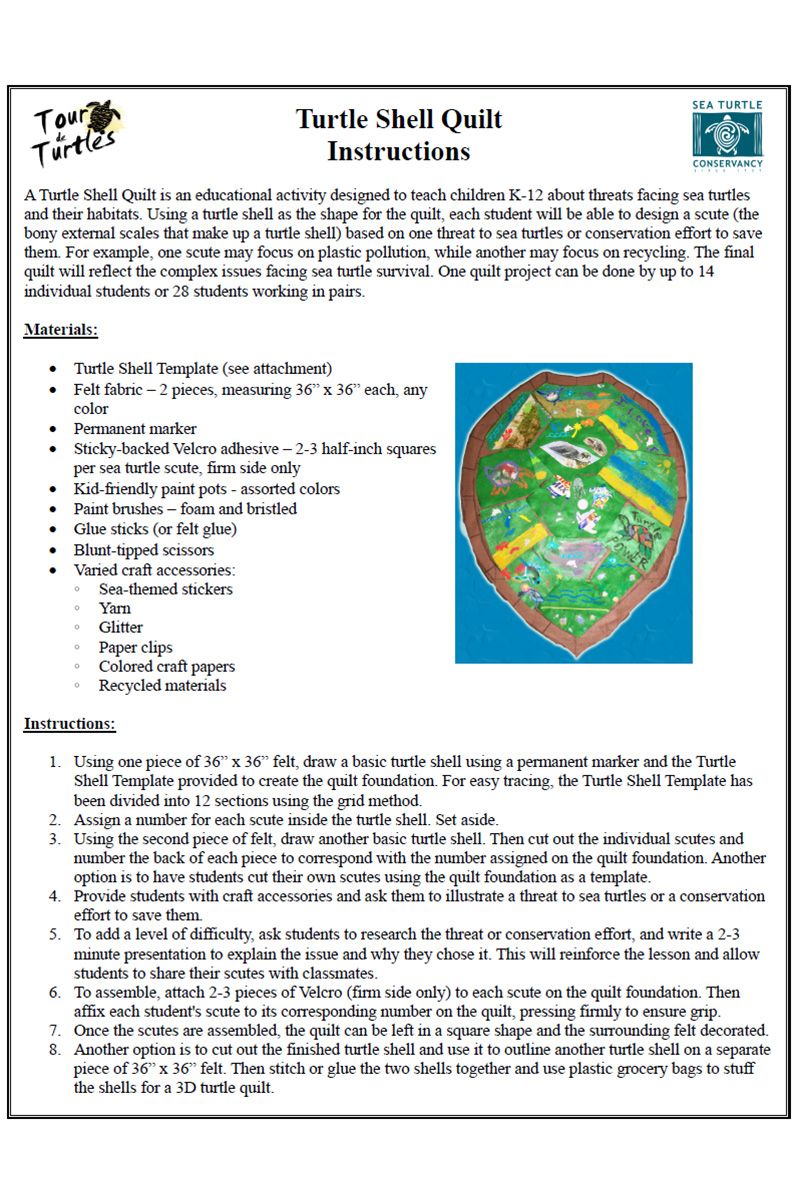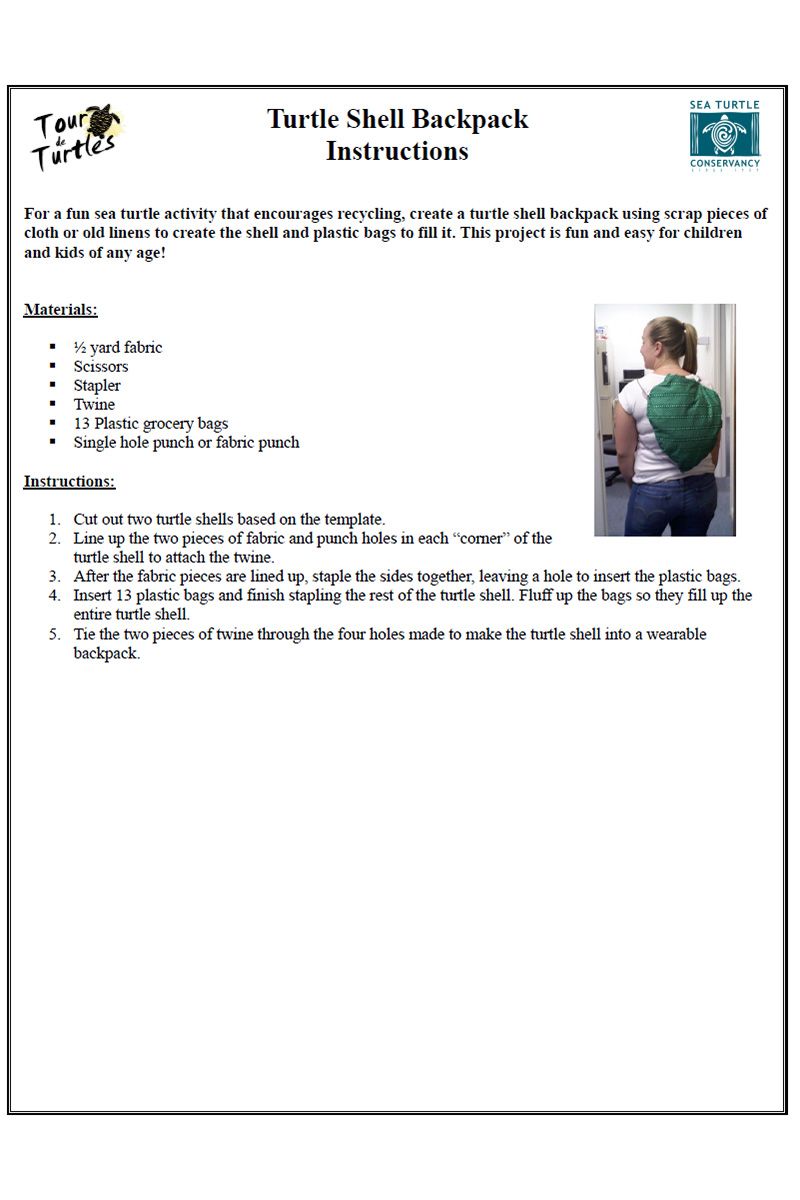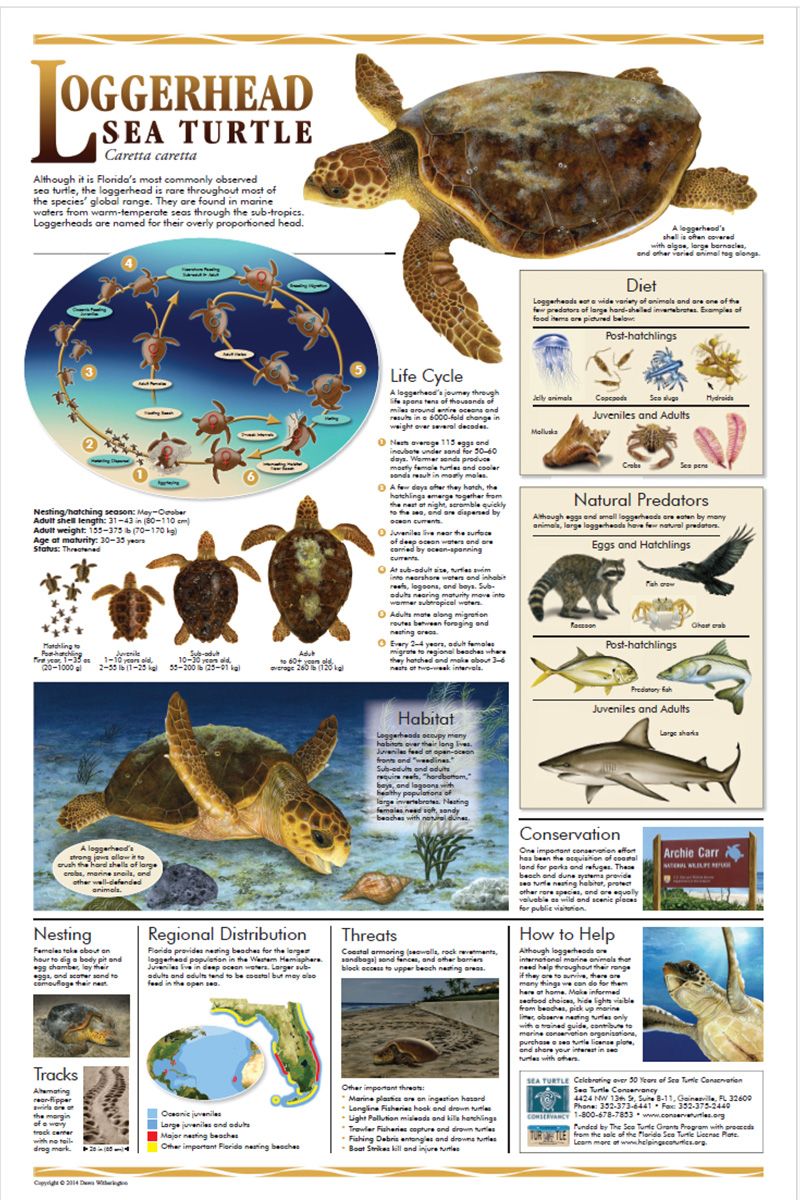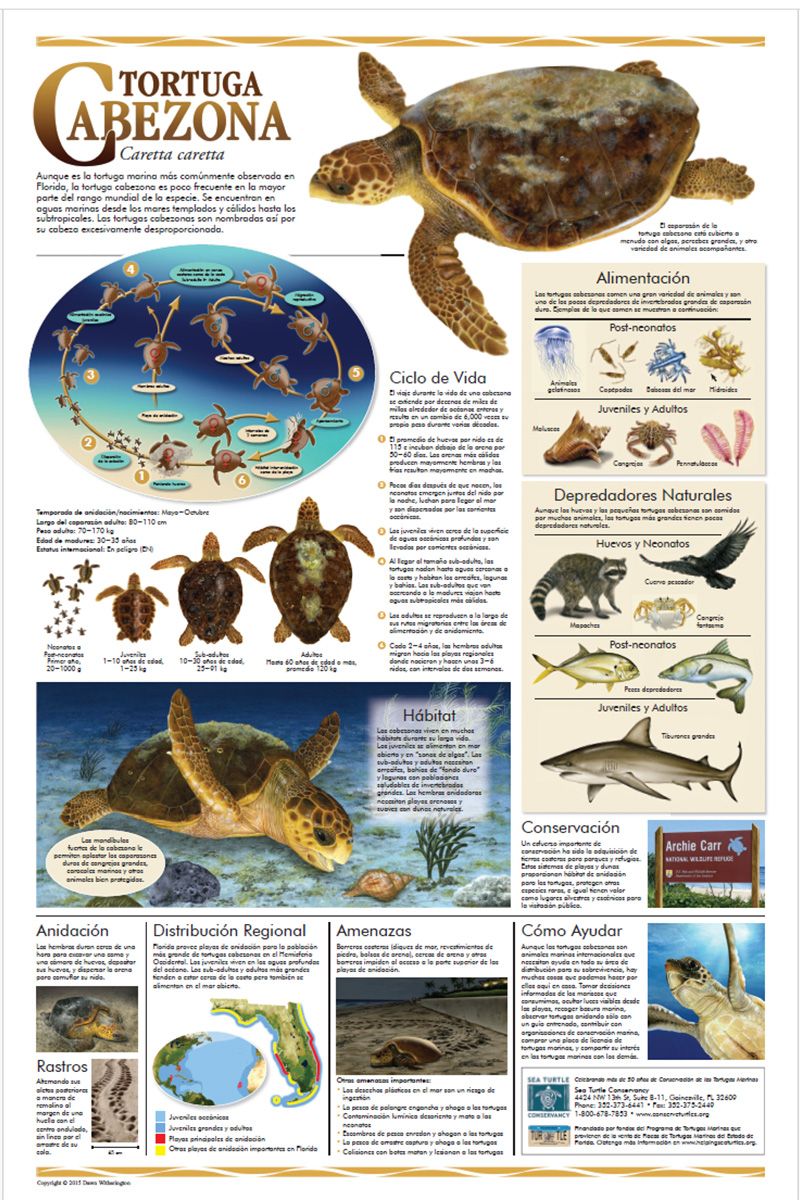Sea Turtle Conservation at Tortuguero
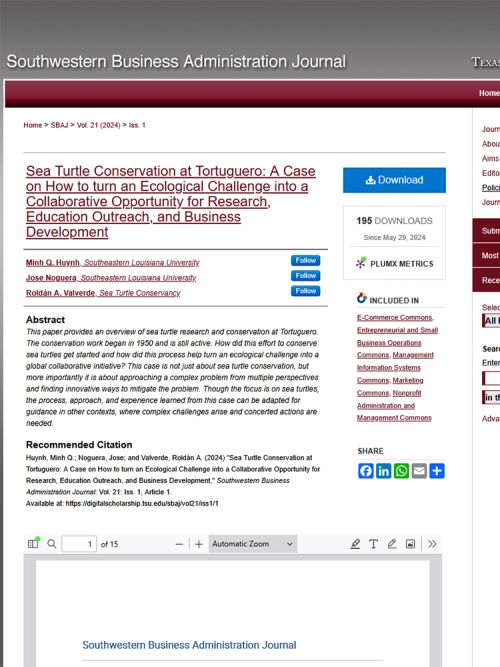
Publication
Sea Turtle Conservation at Tortuguero: A Case on How to turn an Ecological Challenge into a Collaborative Opportunity for Research, Education Outreach, and Business Development
Publication Year: 2024
Authors: Minh Q. Huynh · Jose Noguera · Roldán A. Valverde
Abstract: Sea turtles used to be abundant. It was common to see many of them appear on beaches along Central America and the Greater Caribbean. Every season, these turtles would come ashore to nest. Then, after the eggs hatched, baby sea turtles would crawl into the sea and embark on a journey to seek foraging grounds. Some might travel across thousands of miles on their journeys. Interestingly, at the proper time, they would follow different paths and make their way back to the original birth region to repeat the cycle. Such a natural process of sea turtles has taken place for many years. However, something has happened to disrupt this very cycle and threaten the survival of these amazing animals.
